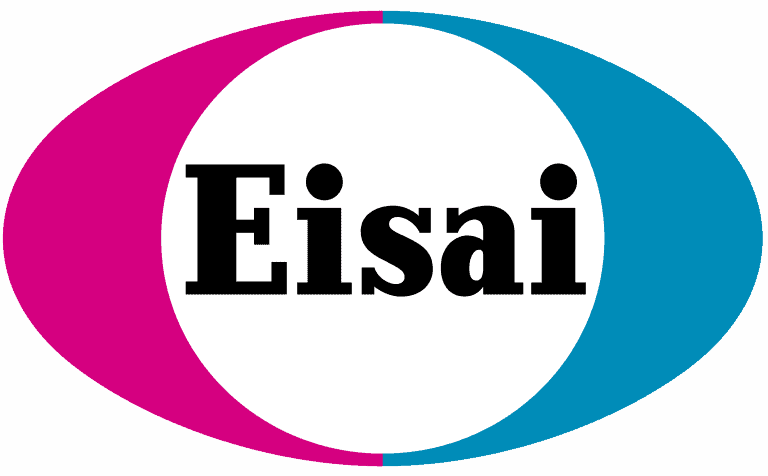Transition of care, or the process of moving from pediatric to adult health care providers, is one of the most challenging issues facing adults with Dravet syndrome and their families. Transition of care can be challenging in general when a patient has a complex medical history and requires a large team of health care providers across multiple specialties. Caregivers have reported difficulty in finding adult health care providers that are familiar with a childhood-onset disorder like Dravet syndrome. In addition, adult providers are often less experienced than pediatric providers in managing the care of patients who have intellectual disabilities or challenging behaviors. Unlike in pediatric practices, clinicians who primarily provide care to adults may also not be as familiar with treating patients that require the guardianship of a parent or caregiver to manage their health care decisions. Given all of these challenges, it is no surprise that many patients with Dravet syndrome continue to be seen by their established pediatric providers well into adulthood. However, remaining in pediatric care is not always an option for everyone. Health care systems have differing rules related to allowing adults to continue to be seen at pediatric practices, with some requiring transition to occur at the age of 18 or 22, for example. In turn, some families are forced to go through the transition process regardless of their or their pediatric provider’s preferences.
DSF worked with our Medical Advisory Board to help address one of the issues that families with Dravet syndrome face during the transition process: adult providers that are not familiar with the medical needs of an individual with Dravet syndrome. This group of expert neurologists with extensive experience in the treatment of both children and adults with Dravet syndrome created a transition guide that details the aspects of Dravet syndrome that are most critical for an adult provider to understand. The transition guide covers:
- the clinical manifestations of Dravet syndrome including seizure presentation and comorbidities,
- common seizure triggers,
- vaccination,
- other considerations specific to adults with epilepsy and intellectual disability, and
- information on the recommended treatment approaches for seizures and seizure emergencies, including contraindicated medications and specifics about medications that may need to be used differently in adults.
The transition guide was developed to be shared with adult providers during the transition of care process either directly from families or sent from the pediatric provider. If you are a caregiver currently navigating the transition process, we hope you will find this guide a helpful resource to share with your loved one’s providers. Even if your loved one is not yet to the age or point where you need to be actively pursuing transition to an adult provider, as children reach adolescence it is a good idea to begin conversations with their pediatric health care team about what to expect as they reach adulthood in regards to transition of care. This guide may also be a good conversation starter with current pediatric providers when discussing the transition process and what specific points might be important to bring up with new adult providers. Additionally, it may be a good idea to have a copy of the guide available for adult emergency rooms that are also often less familiar with Dravet syndrome.
You can download a PDF of the Guide to Transition Patients with Dravet Syndrome to Adult Care adapted by DSF here.
We also recognize this is only a very small step in the process of making the pediatric to adult transition less burdensome for families. DSF is actively working with clinicians and researchers to better educate adult neurologists and other health care providers about Dravet syndrome, to identify the current barriers that continue to impede successful transitions, to develop transition clinics that will set standards and benchmarks while actively assisting patients, and to create tools and resources to help families navigate the entire process.
You can read the article just published in Epilepsy Research that contains a copy of the transition guide and expands on the purpose and topics covered in the guide:
Andrade, D.M., Berg, A.T., Hood, V., Knupp, K.G., Koh, S., Laux, L., Meskis, M.A., Miller, I., Perry, M.S., Scheffer, I.E., Sullivan, J., Villas, N., Wirrell, E., 2021. Dravet syndrome: a quick transition guide for the adult neurologist. Epilepsy Res 106743. https://doi.org/10.1016/j.eplepsyres.2021.106743
Other resources to learn more about Dravet syndrome in adults:
- Adult Dravet Patient Community FAQ
- A blog post that contains information about Dravet syndrome in adults and an ongoing study opportunity for adults with Dravet syndrome.
- Hear a recorded presentation on Dravet syndrome in adults from Dr. Danielle Andrade






